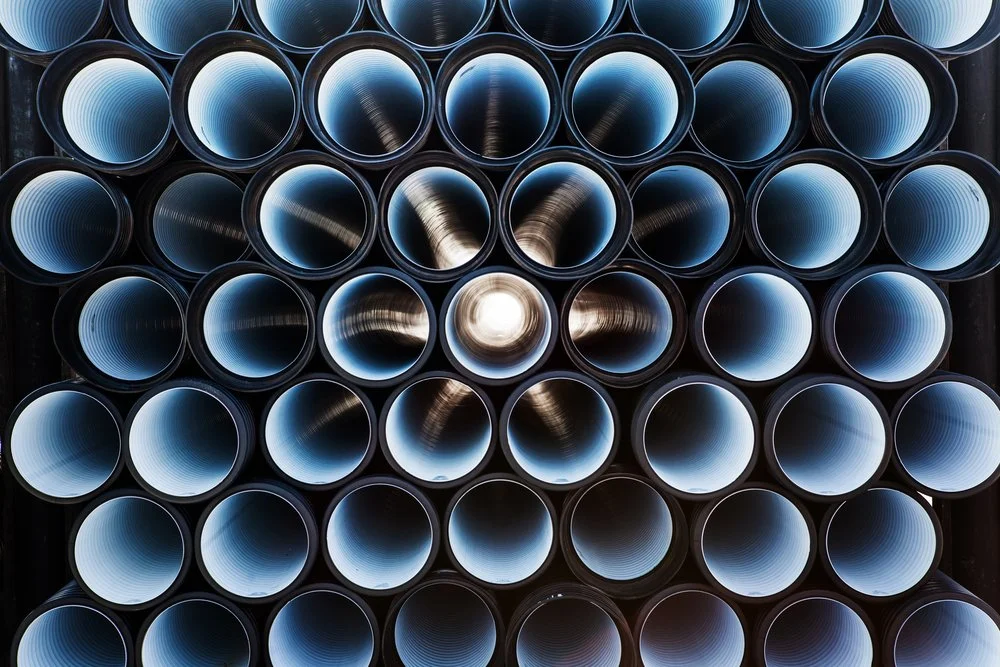“Phthalate-contaminated” medical devices jeopardize the health of newborn babies, Environmental Health News (EHN) intern Ashley James asserts in a recent story titled, “What will it take to give babies a phthalate-free start in the world?”
While undoubtedly well-intentioned, her article misrepresents the available evidence and downplays PVC’s important health care applications, confusing and alarming EHN readers instead of educating them.
James’ thesis centers on a chemical called Di(2-ethylhexyl) phthalate, typically abbreviated to DEHP. It’s a plasticizer commonly added to some PVC products to make them more flexible, including blood bags, sterile tubing and other vital medical supplies used safely in hospitals the world over.
Evidence of harm? Context is key
James alleges a link between phthalate exposure for newborn infants with “several toxic endpoints” that cause harm to human health. Her claims aren’t supported by reliable scientific research. What’s more, they don’t tell the whole story. Studies have shown that infants are exposed to various chemicals, including phthalates. But no credible scientific evidence has found that these exposure levels are harmful. Writing for the Genetic Literacy Project last year, Dr. Sam Moxon helpfully summarized this important point:
“Studies have demonstrated detectable levels of phthalate metabolites in human urine and these are often viewed as concerning because phthalates can be toxic but likely at a much higher dose than observed in humans.”
The U.S. Centers for Disease Control and Prevention’s (CDC) Agency for Toxic Substances and Disease Registry (ATSDR) made an equally significant observation in 2022, explaining that:
“[H]uman epidemiology studies evaluating potential adverse effects from exposure to phthalates (including DEHP) are insufficient to draw firm conclusions regarding cause and effect or dose-response for individual phthalate esters.”
ATSDR made several other pertinent observations in an earlier analysis that James and other critics of phthalates often overlook. Specifically, the agency found that:
“DEHP, at the levels found in the environment, is not expected to cause adverse health effects in humans.”
Also missing from James’ story is a reference to a 2022 finding by the U.S. Food and Drug Administration on phthalates and direct contact with food packaging, where the agency stated:
“[W]e do not have a basis to conclude that dietary exposure levels from approved ortho-phthalates exceed a safe level.”
Any connection James tries to make between phthalate exposure and human health falls flat, as she draws conclusions which credible scientific studies do not support, and ignores findings by U.S. government agencies that contradict her thesis.
Risks vs benefits
Are there benefits to using phthalate-containing PVC medical supplies? And do those benefits play a major role in advancing public health? The answer is “yes” in both cases. Hospitals rely on blood bags containing DEHP because it “makes them robust to the manufacturing and sterilization process, and able to withstand the diverse challenges of processing and storage conditions,” the authors of this 2011 evidence review explained.
James counters in her EHN piece that PVC alternatives already exist. What she fails to mention is that these substitutes can’t deliver the same strength, durability and versatility as PVC. Bags made from other materials can hinder a hospital’s ability to preserve blood for extended periods, raising uncertainty about the availability of blood when it’s most needed.
PVC medical tubing offers another key example of DEHP's important role in healthcare. Clinicians require transparent, kink-resistant tubing to monitor fluid movement and ensure a consistent flow of fluid or oxygen to patients. That's why PVC is frequently specified for these applications; hospitals can't take a chance on other materials when their patients' lives are on the line. The American Academy of Pediatrics (AAP) agrees. In a 2003 report James cited (but did not quote) the APP wrote that:
“DEHP has important characteristics that improve the function of medical devices. Any substitutes must be shown to be toxicologically safer and functionally equivalent.”
We agree with James that protecting the health of young children is essential. We do that by giving medical professionals and healthcare facilities the tools they need to provide the best care possible. Making speculative claims about the dangers of phthalates does nobody any good.










